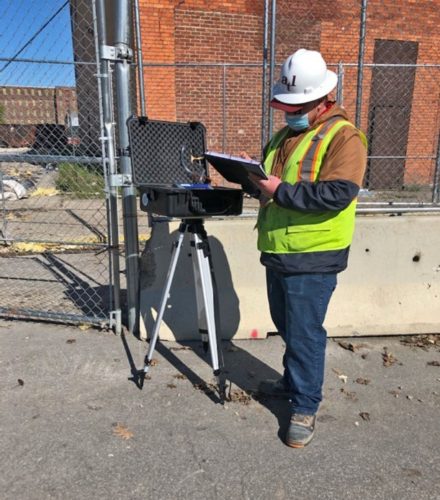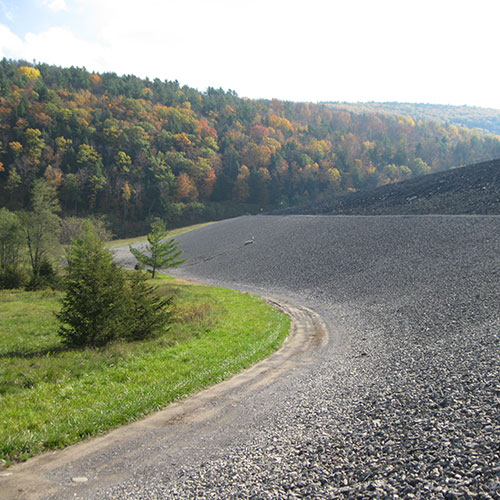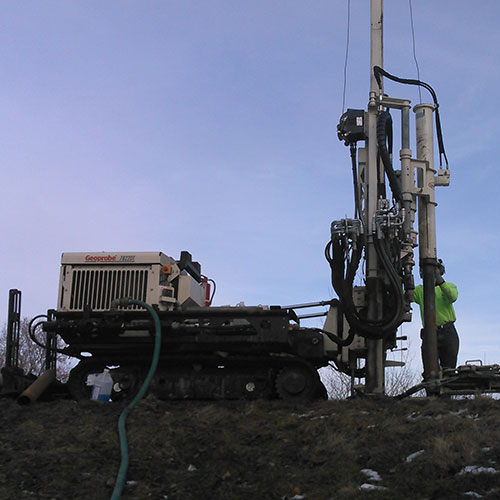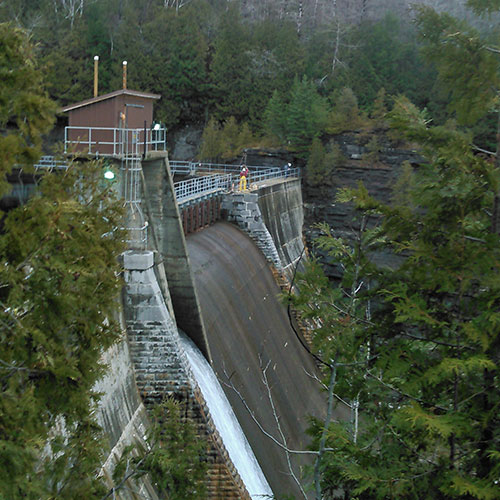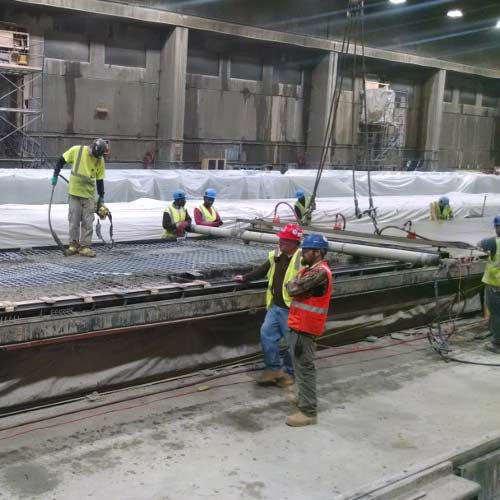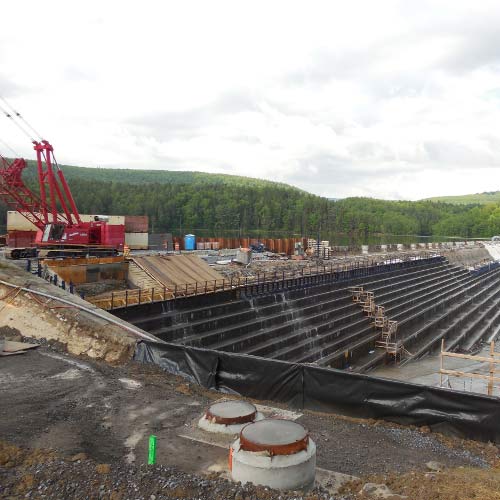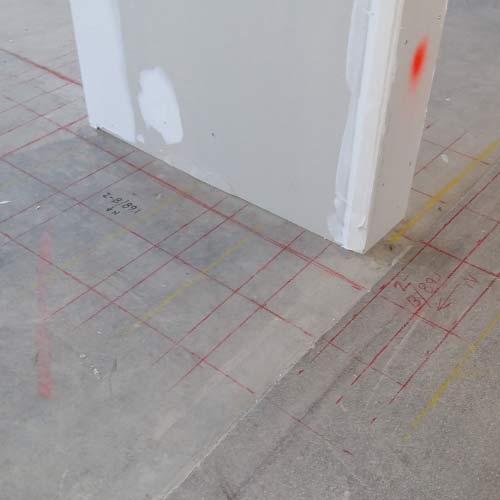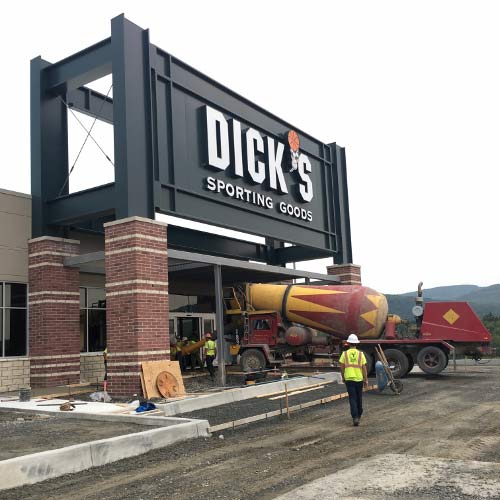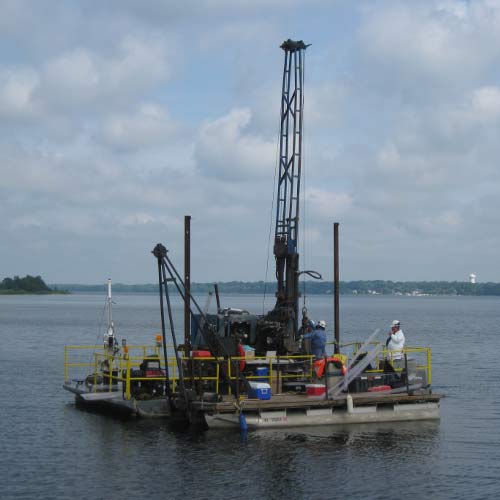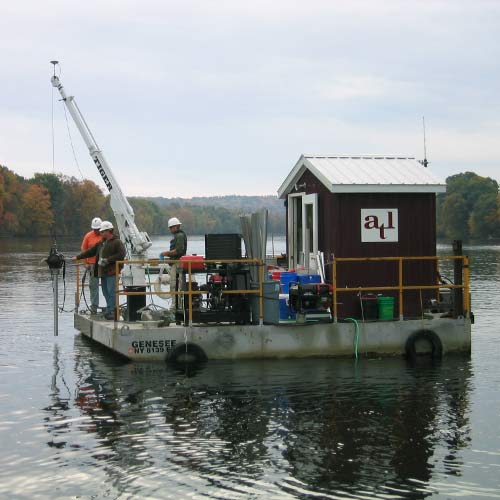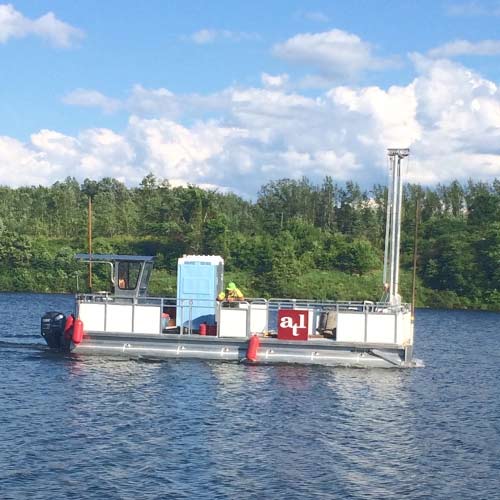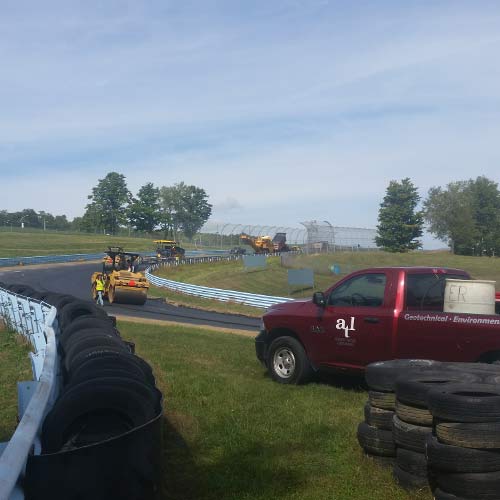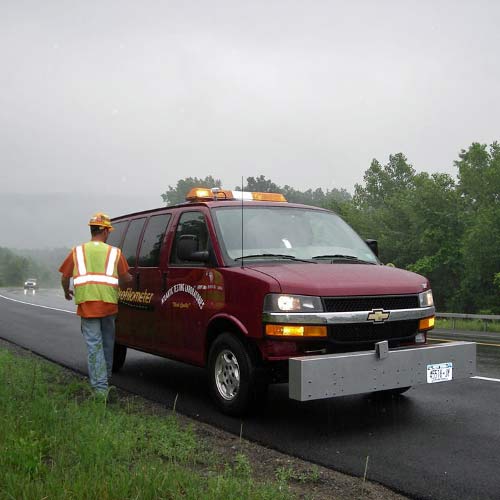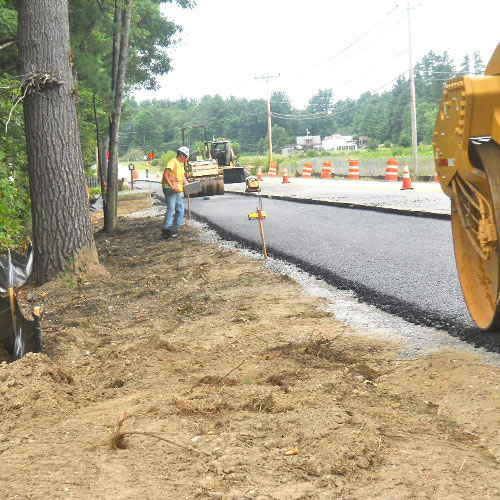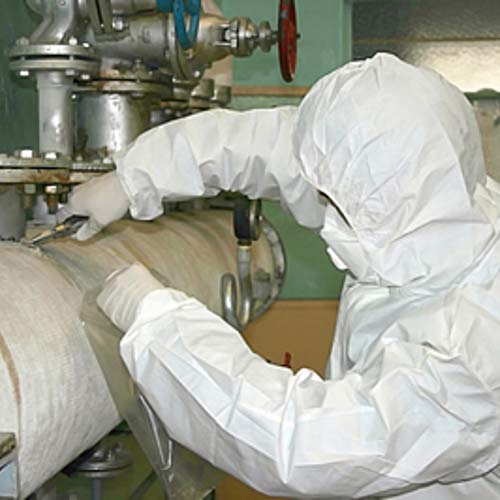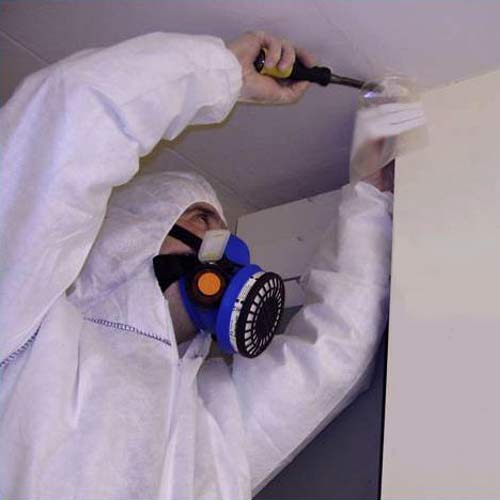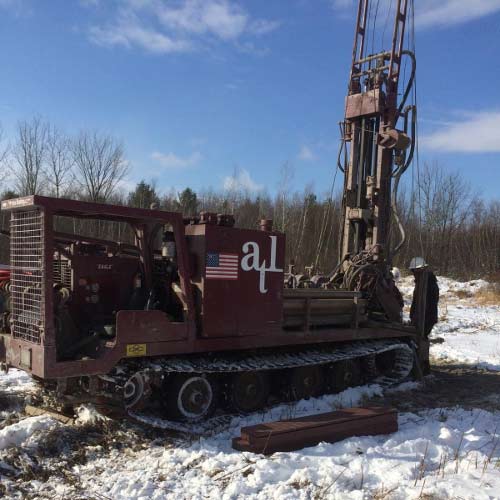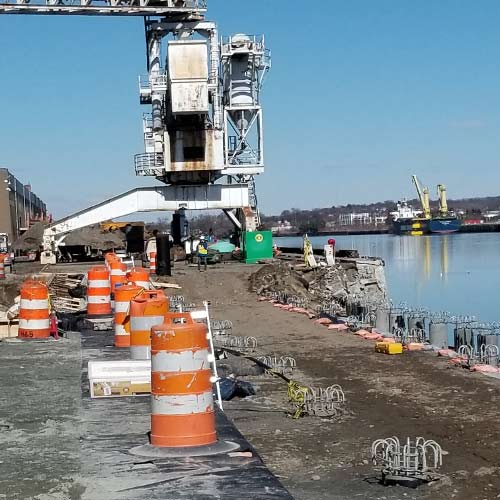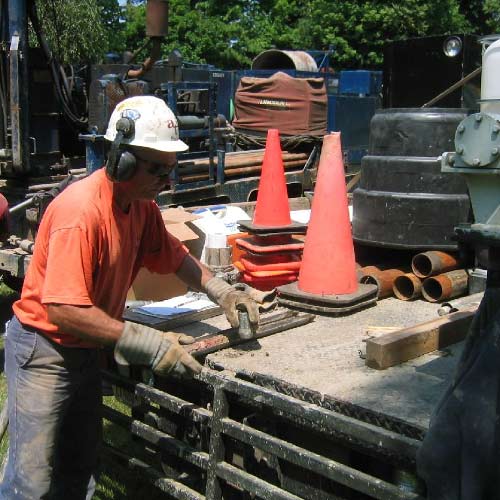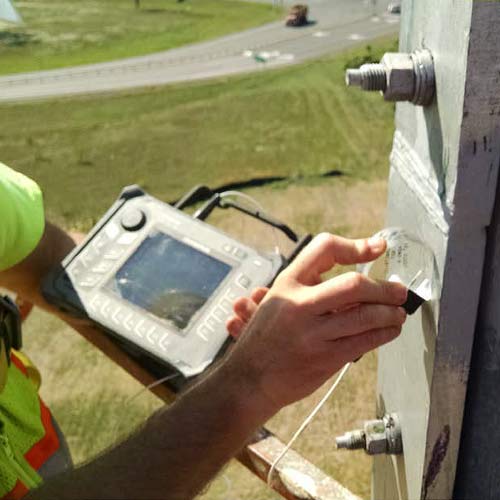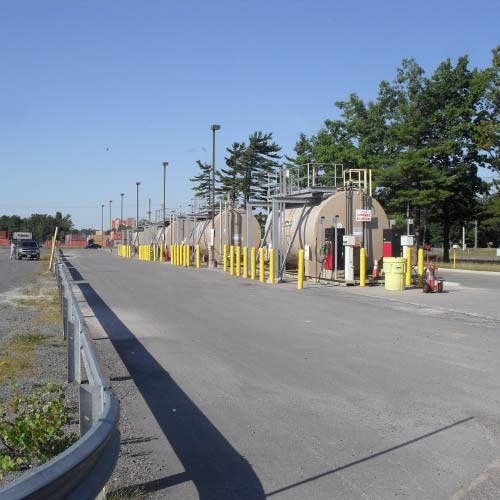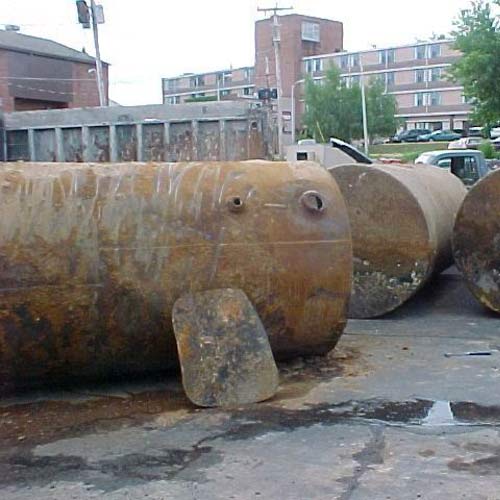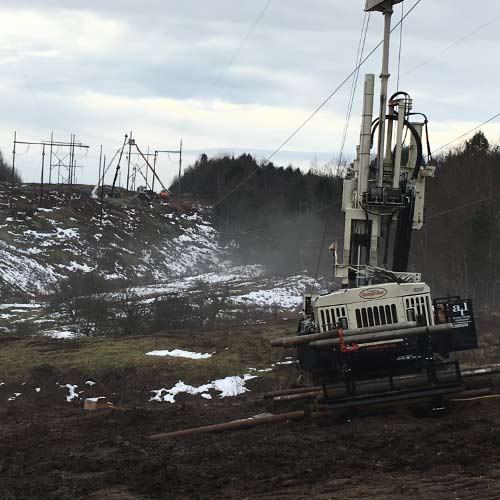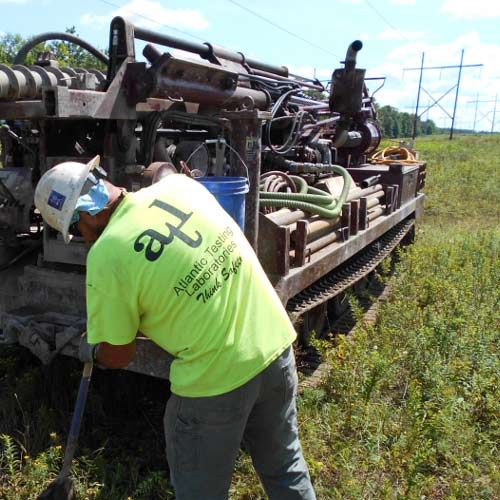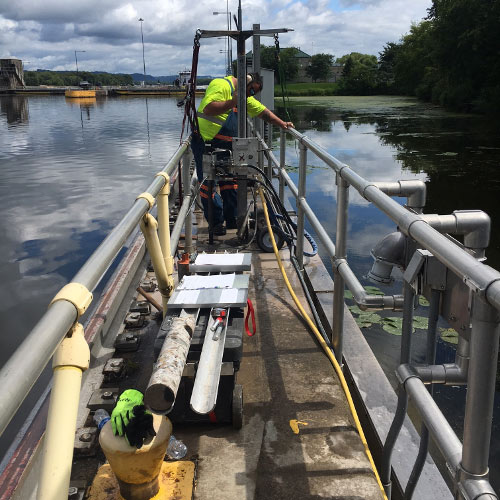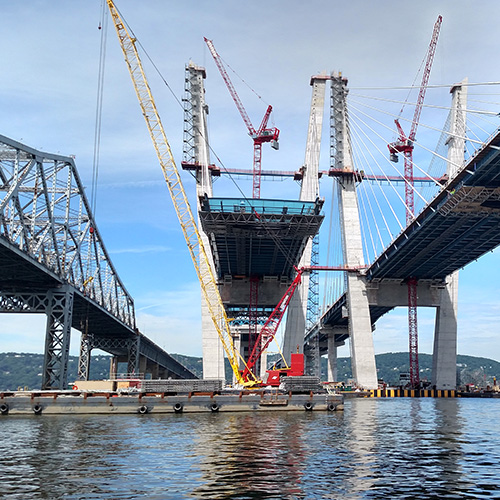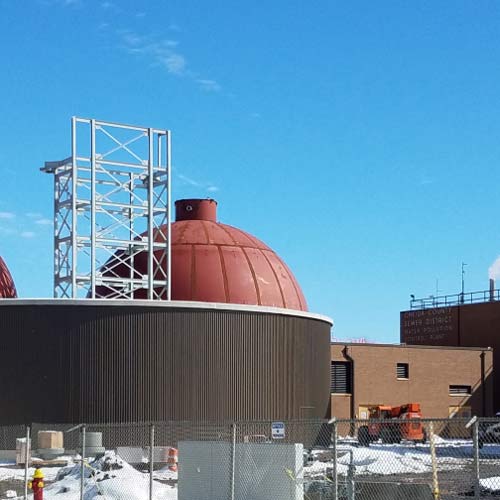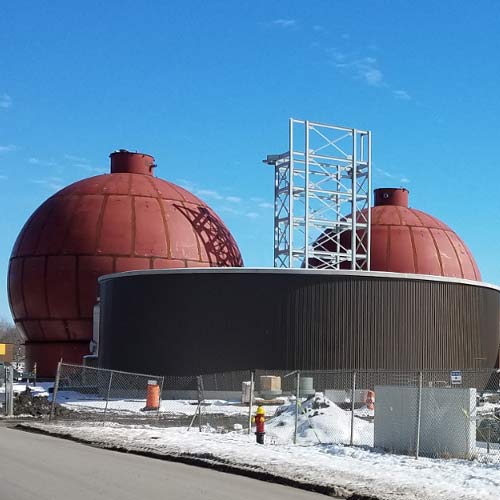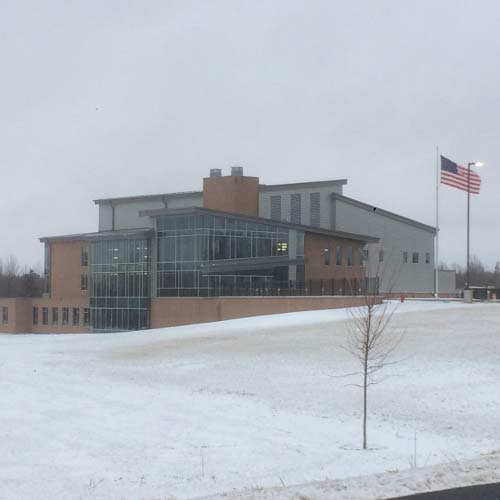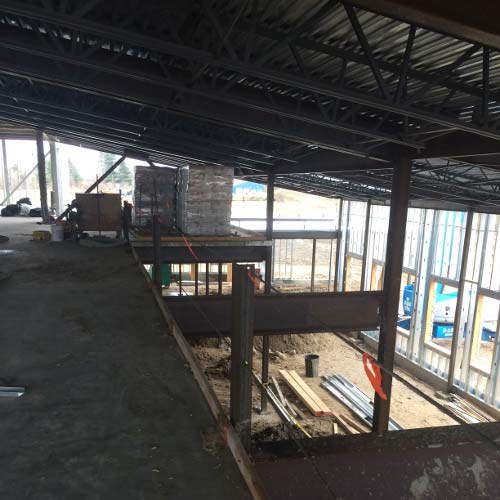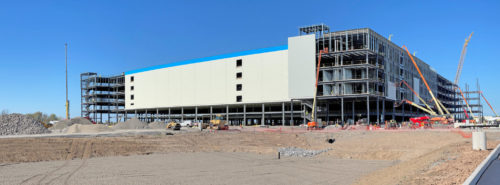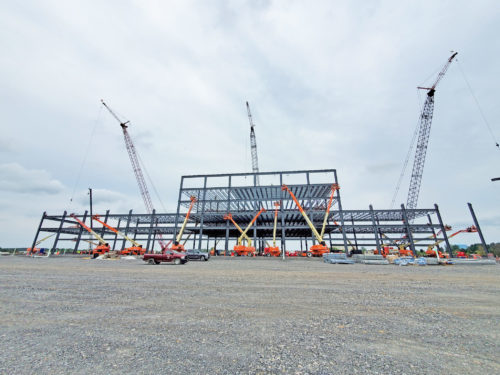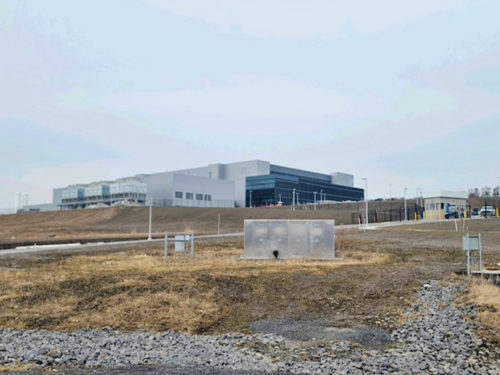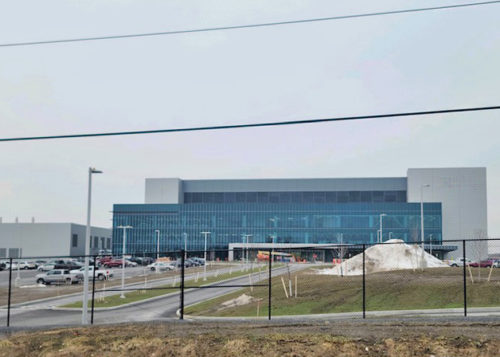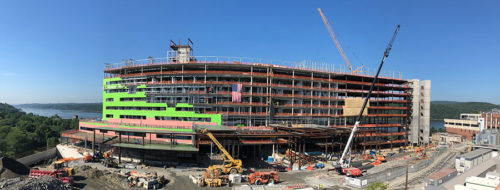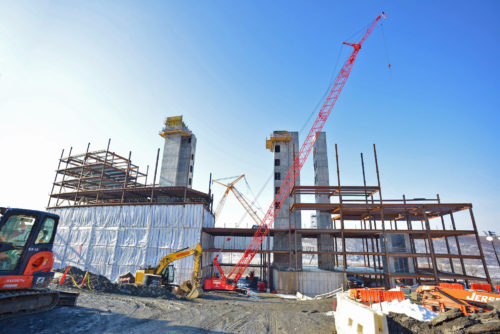Click the following link to view the PDF of this paper: CAMP Monitoring

Cheyenne J. Dashnaw, PE
Senior Engineer
Atlantic Testing Laboratories
A Community Air Monitoring Plan (CAMP) reduces the potential for airborne contaminant releases from a project site and provides a measure of protection for communities downwind of contaminated sites. This is accomplished by establishing action levels in response to real-time monitoring for volatile organic compounds (VOC) and particulates (i.e., dust). A CAMP can vary from site to site and may require supplemental chemical-specific monitoring, depending on site-specific contaminants of concern. The New York State Department of Environmental Conservation (NYSDEC) Division of Environmental Remediation (DER) -10 Guidance for Site Investigation and Remediation contains the commonly used Generic CAMP, written by the New York State Department of Health (NYSDOH).
The NYSDOH Generic CAMP requires continuous monitoring of particulates during all ground intrusive activities and during demolition of contaminated or potentially-contaminated structures. This includes during soil/waste excavation, test excavations or trenching, and the installation of monitoring wells. Periodic monitoring for VOC is also required during non-intrusive work, including collection of sediment and groundwater samples.
The NYSDOH Generic CAMP outlines action levels for both total organic vapors and particulates that dictate when to take corrective actions or shut down work activities. Under the NYSDOH Generic CAMP, if VOC levels at the downwind perimeter reach more than 5 parts per million (ppm), but less than 25 ppm, above background, work must halt and corrective action should be taken to reduce emissions to acceptable levels. If at any time levels reach more than 25 ppm above the background, work must stop for the day. If at any time particulate levels at the downwind perimeter exceed 150 ug/m3 greater than background, or if any visible dust/debris is observed leaving the work area, then dust suppression methods must be utilized. If dust suppression levels return to below 150 ug/m3, work may continue. If dust suppression fails to control levels and levels stay greater than 150 ug/m3 above background, work must stop for the day. Depending on the proximity of off-site receptors, more stringent response levels than the limits in the NYSDOH Generic CAMP may be required.
For sites with a CAMP associated with remediation programs, all readings must be recorded and available on-site for NYSDEC, NYSDOH, and County Health representatives to review. Equipment used to monitor particulates must be capable of measuring particulate matter less than 10 micrometers in size (PM10) and capable of integrating over a period of 15 minutes or less. In addition to the use of monitoring equipment, fugitive dust migrations should be visually assessed during all work activities.
A CAMP is intended to protect off-site receptors, such as residences, businesses, workers, and the general public who are not directly involved with construction or remedial activities. For this reason, the actions outlined in the CAMP are limited to the perimeter of the work area. The CAMP should not preclude common sense measures to keep VOC, dust, and odors at a minimum on site. Examples of these measures include: applying water on haul roads, spraying water on buckets during excavation and demolition, restricting vehicle speed, and reducing excavation size.
If you have a project that requires CAMP Monitoring, ATL, a WBE certified company, has numerous experienced environmental professionals located throughout New York State, to perform CAMP Monitoring services.
For more information, contact Cheyenne Dashnaw, PE at 315-735-3309, info@atlantictesting.com, or visit AtlanticTesting.com.
|
ASSOCIATED SERVICES |
 |

